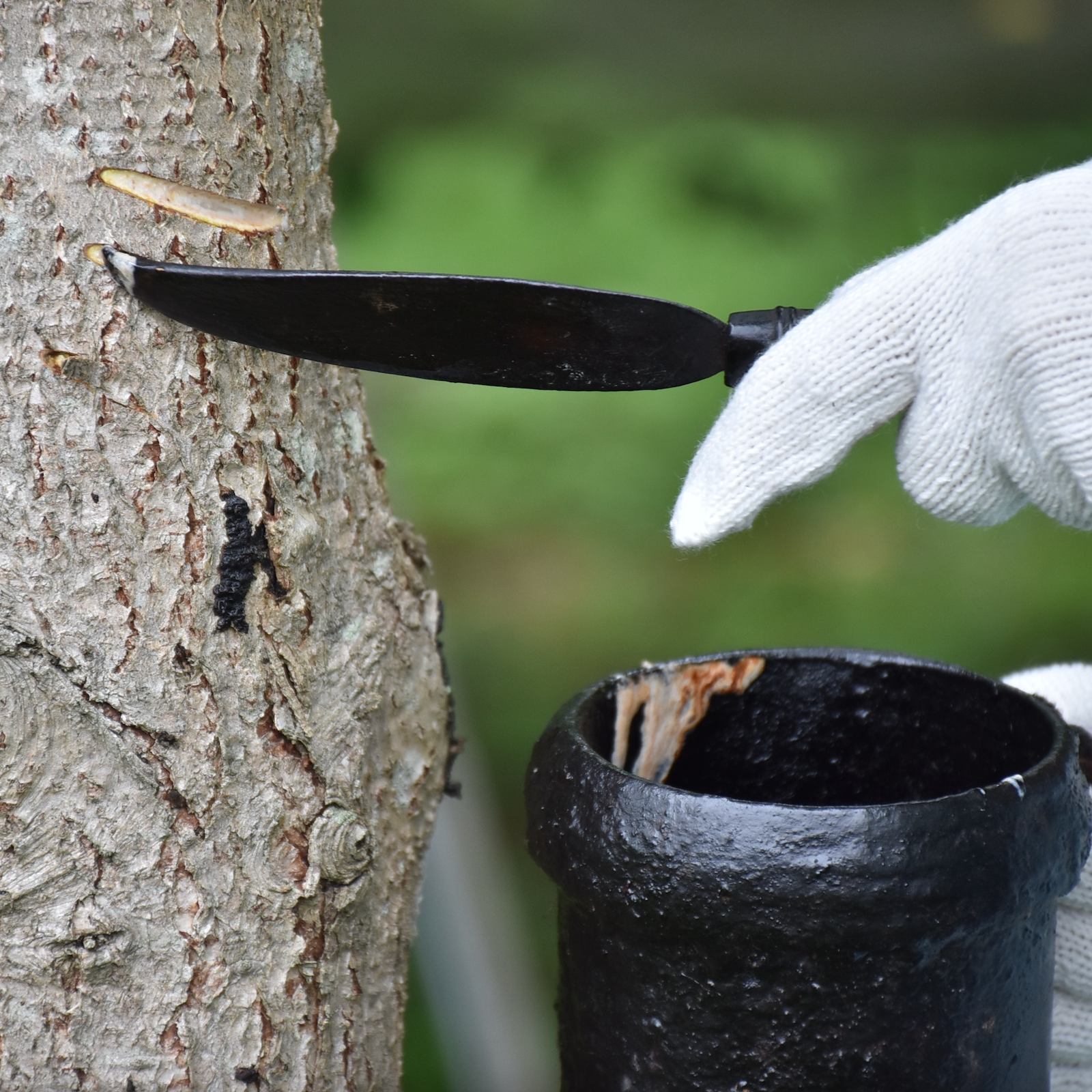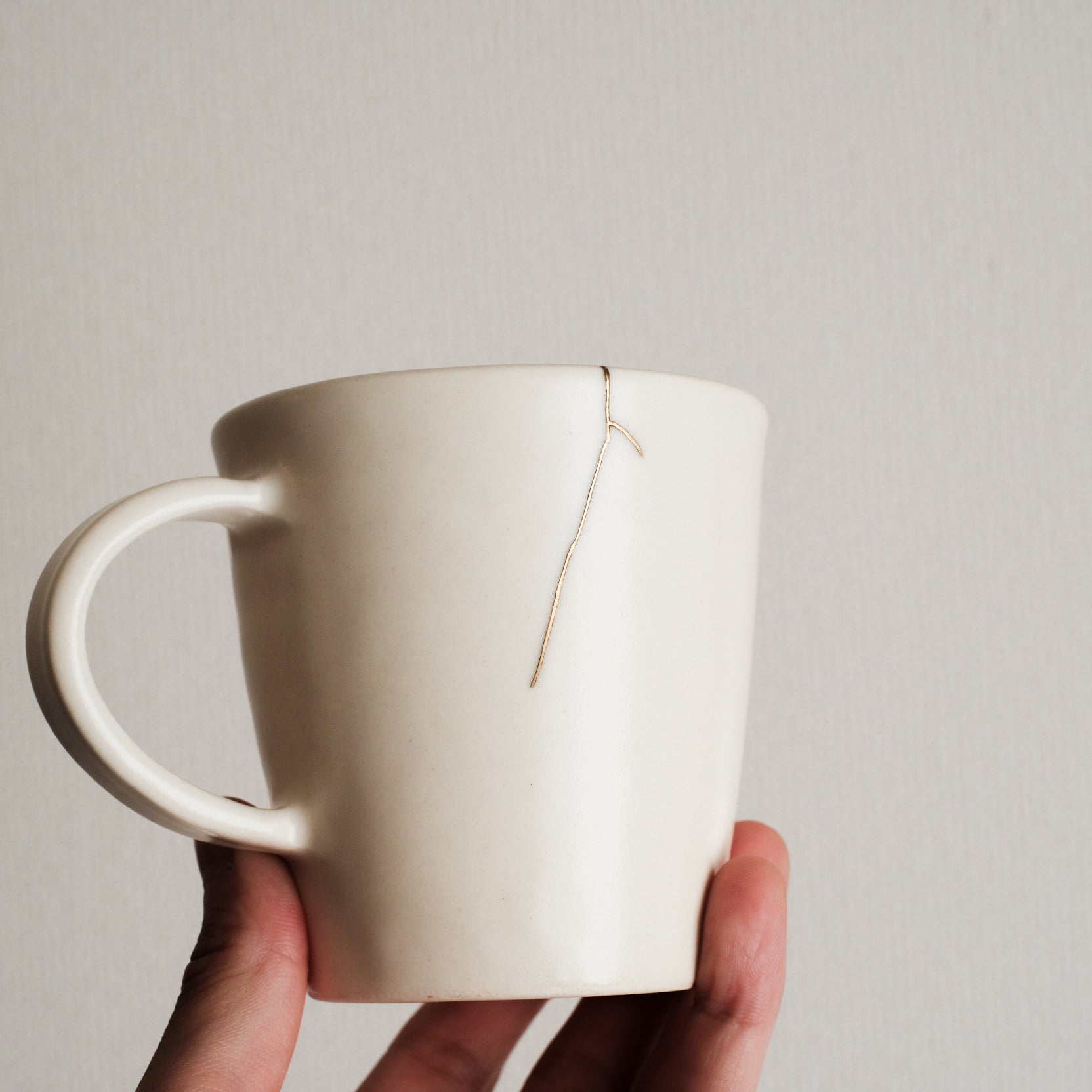Kintsugi is not an easy technique.
There are many points in the series of steps that beginners are prone to make mistakes.
In this article, we would like to highlight some typical mistakes.
Insufficient temperature control
Humidity is an important factor in the hardening of urushi, but temperature is also important.
In some cases, even if the ceramics are stored in cardboard boxes with wet towels after work, the temperature is cooled down during the night while waiting overnight, and the urushi does not harden sufficiently.
Urushi does not harden when it is cold, so be careful not only of humidity but also of temperature.
Misalignment after gluing
This is one of the most common mistakes that cannot be undone in kintsugi.
There are several causes of misalignment after gluing.
One is a case in which the joint has already become misaligned at the time of gluing.
This occurs when the pieces are not crimped when gluing and the pieces do not fit snugly together.
If there are many pieces, it is more likely to become misaligned, but it is important to proceed while firmly fixing each piece with masking tape each time you glue one piece.
The other case is that the pieces gradually become misaligned after gluing.
This is more likely to occur with large ware, and occurs when gravity causes the cross section to shift little by little.
The countermeasure is to fix them firmly with masking tape.
It is also effective to store thin dishes such as plates vertically and bowls upside down so that they are not affected by gravity.
Oil or salt residue on the dish
Urushi hardly hardens when mixed with salt or oil.
If the ceramics are dirty, it is important to wash it once with detergent and dry it thoroughly before starting repair.
Apply sabi urushi and kokuso urushi that have begun to dry out
Pastes such as sabi urushi or kokuso urushi, which are mixed with tonoko, easily evaporate moisture and become dry quickly.
Paste with reduced moisture will not blend well and will easily peel off after it hardens.
If it begin to dry out, it is important to do not try to use it, but make it again.
Failure to apply gold powder with cotton ball
We receive many consultations about the difficulty of applying gold powder properly.
There are two main causes.
One is that the bengara urushi is not applied thinly enough.
If the bengara urushi is not applied thinly enough, the gold powder will sink into it.
The other is in the use of cotton ball.
For example, it is not good to press the cotton hard, or to apply gold powder without making the cotton ball surface flat without fluff.
The important thing in using cotton is to avoid touching the cotton itself to the bengara urushi.
Ideally, only the gold powder on the cotton should touch the bengara urushi softly.
For this purpose, it is also very important to make sure that the cotton contains plenty of gold powder.
If it is difficult to use only cotton, you can apply gold powder more safely by using Ashirai brush.



Leave a comment
All comments are moderated before being published.
This site is protected by reCAPTCHA and the Google Privacy Policy and Terms of Service apply.